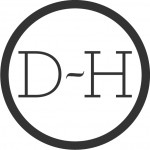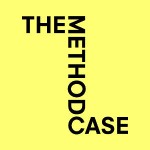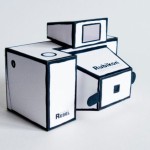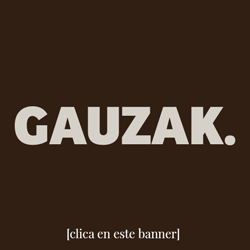Taiichi Ohno was born in China in 1912. He was manager, consultant and vice-chairman of Toyota. The creator of “Toyota, just in time” died in 1990.
After the Second War, he moved to EE.UU and he had the chance of learning from both faces of the industry. One, obsessed with massive production, with few variety of products that generate a large amount of residues, and other, the pioneers in production and reduction of materials and waste, Henry Ford.
His most inspirational ideas came from the task of observing supermarkets: Reduced inventories, eliminating unnecessary steps, monitoring the primary activities and giving control to the customer as a value – the demand is created by the client, not by production.
With those experiences, he designed the production system “Toyota, just in time”, a philosophy that he refined throughout fifteen years.
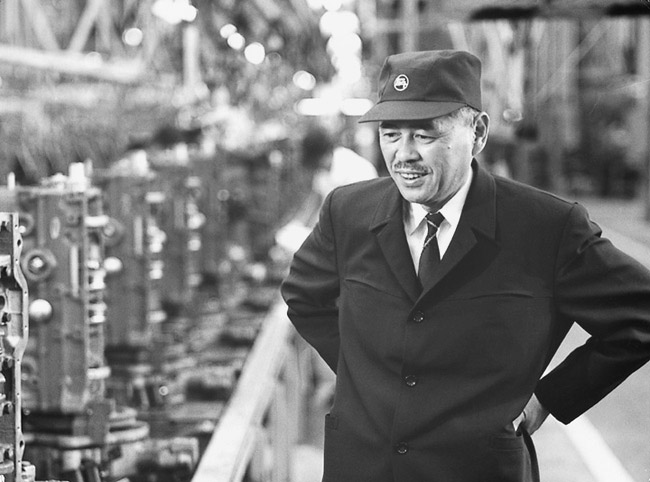
The Toyota Production System (TPS) set up the foundations of what later, professors J. Womack and D. Jones named in the nineties as, “Lean Manufacturing”.
The TPS is much more than a set of techniques, tools and methodologies aimed at improving productivity, optimizing costs or reducing cycle time on a scale never before known; it is an attitude, a way of being and focusing and solving problems.
Get rid of the waste, enhance the quality, cut down the times and costs. The basics of “Lean Manufacturing” are:
> Quality: No shortcomings, detecting and solving problems at the source.
> Minimum waste: Remove all valueless activities.
> Improve: less costs, more quality and productivity.
> ”Pull” process: The products are required by the customer, not bay the end of production.
> Adaptability: Quick output of big variety of products with less volume of production.
> Construction and maintenance a long term relationship with suppliers.

If you read habitually this blog, you should know that recently Gauzak (Industrial and product design studio), has inbred a spin-off: Digital Handcraft. HERE, the post.
Digital Handcraft is the result of a “Pull” process. Our internal tool to present our projects began to be requested by our clients.
In general view, we consider Digital Handcraft as a new and innovative tool in the “Lean Manufacturing” process. If we consider the above principles, we conclude:
> Quality: The 3d modeling and the images that we develop at Digital Handcarft, display really closely the final product in terms of finishes and qualities.
> Minimum waste: This faithful closeness to the reality helps to get better the product before the beginning of the production.
> Improve: Saving in prototypes, advancing the marketing campaigns and assisting “Pull” process.
> “Pull” process: Market research to check the demand before the beginning of production. Generation of images for off-line and on-line.
> Adaptability: Digital Handcraft is limber and generates limberness. From basic images, to publicity pics or contextual shots.
If you still do not know Digital Handcraft we invite you to visit the website www.digitalhandcraft.gauzak.com
If you also think that it could be useful in your creative/productive process (we are convinced), feel free to contact us.
Source: Wikipedia y www.leanmanufacturing.es


